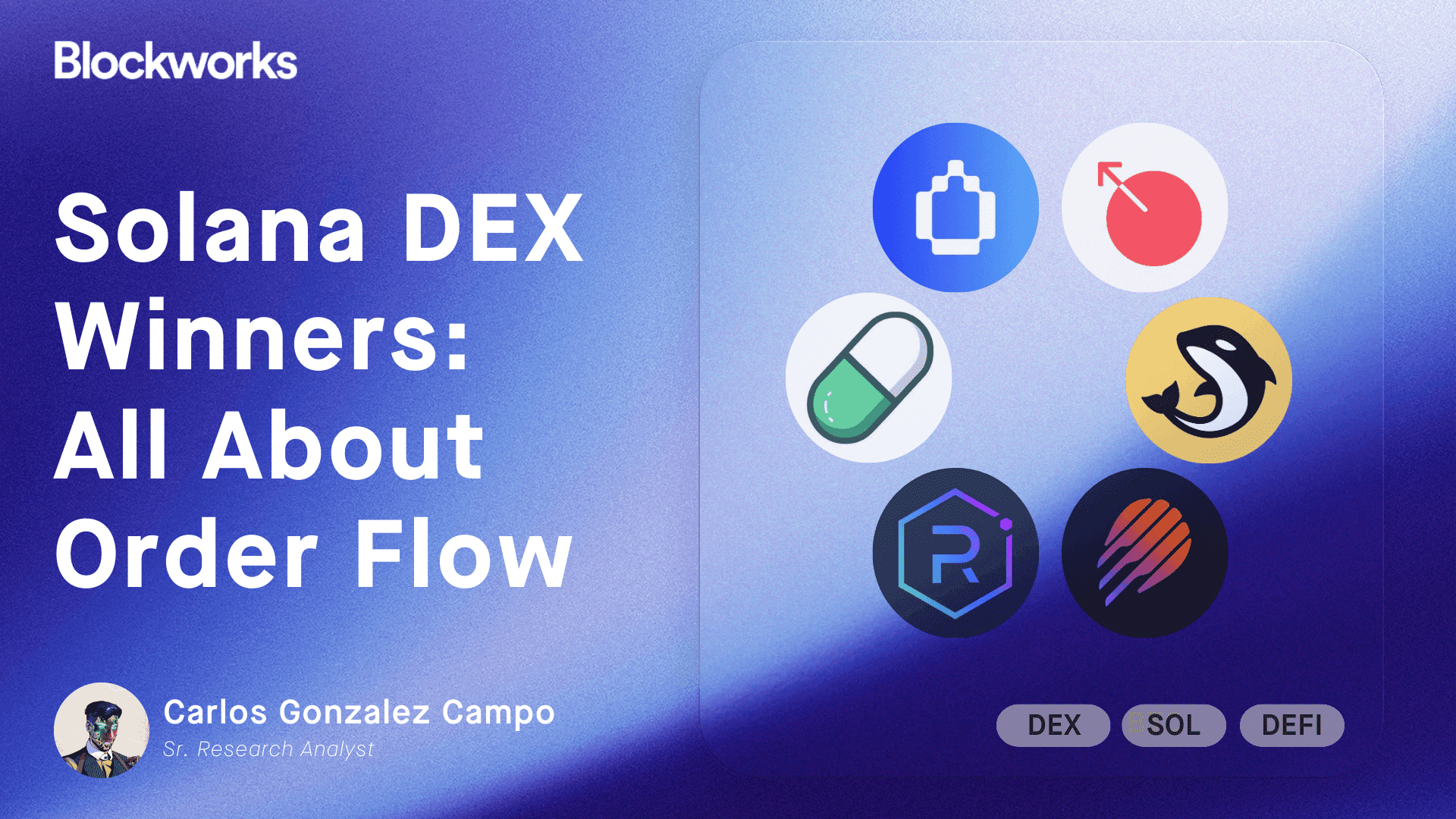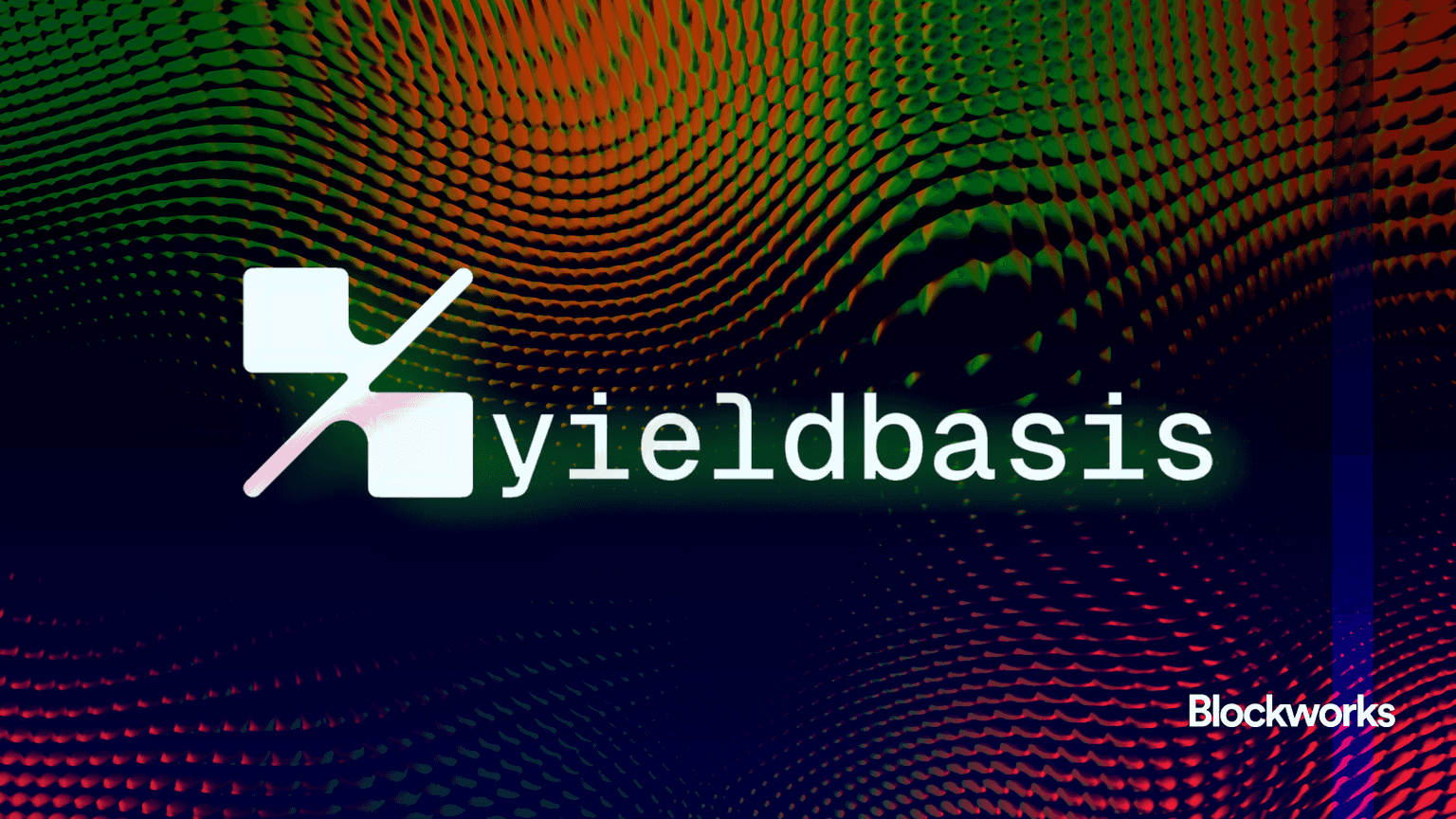Clone launches mainnet and brings “cloned assets” to Solana
clARB, clOP and clSUI will be available for purchase and trade at Clone’s public mainnet launch tomorrow

Satheesh Sankaran/Shutterstock modified by Blockworks
Clone, a protocol designed to make it simpler for Solana blockchain users to trade non-native tokens, revealed that it will launch the public mainnet of Clone Markets and Clone Liquidity tomorrow.
This launch will introduce markets on the Solana blockchain for non-native assets via “cloned assets,” otherwise known as “clAssets.”
The purpose of this protocol will be to simplify the trading of non-native tokens on Solana so that traders can optimize their trades to take advantage of the blockchain’s fast transaction speeds and lower fees.
Read more: What is Solana (SOL)? Learn about Ethereum’s growing rival
Clone markets aims to be the trading platform that will enable users to directly purchase and sell clAssets. It is designed so that traders can manage their portfolios within the Solana blockchain without having to constantly switch between various chains.
It will give liquidity providers access to a liquidity system that supports leveraged and cross-margined liquidity pools in exchange for USDC collateral. This single collateral source will be given access to every Clone pool simultaneously.
“Our mission is to make any token tradable without leaving Solana, expanding our community and unlocking the blockchain’s true potential,” Evan Deutsch, the co-inventor of Clone, said in a statement reviewed by Blockworks.
Read more: Token extensions on Solana: Q&A with Solana’s head of strategy Austin Federa
This latest mainnet launch will follow a recent private mainnet that went live on Feb. 1, where assets clARB and clOP, clones of Arbitrum’s ARB token and Optimism’s OP token, were made available on the network.
Alongside clARB and clOP, cloned SUI or clSUI will also be available for users to purchase. This will be the first market that will enable Solana users to trade SUI tokens on its network.
Get the news in your inbox. Explore Blockworks newsletters:
- The Breakdown: Decoding crypto and the markets. Daily.
- 0xResearch: Alpha in your inbox. Think like an analyst.






